Georgia, Inland Waterways, National Category
Startup Uses Drone for Cleaning Water, Collecting Data
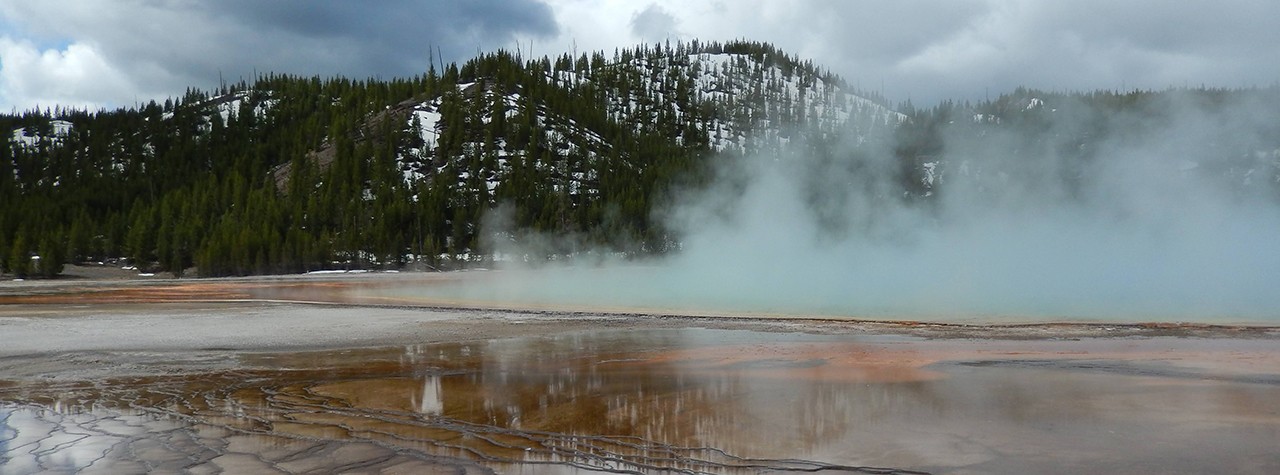

Parks, forests, and other public spaces in America improve the mental and physical health of those who visit, create jobs, and support the overall well-being of communities. Parks promote higher property values, sometimes increasing real estate prices by 8%– 10% for nearby homes, help improve drinking water sources, moderate heat islands, and make significant contributions to stormwater management. Although park systems have recently received significant investment from the federal government, deferred maintenance has continued to rise. Meanwhile, parks continue to face challenges posed by workforce shortages as they simultaneously experience record visitation numbers.
Recently, the federal government has prioritized investments in public lands through the American Rescue Plan Act (ARPA), the Infrastructure Investment and Jobs Act (IIJA), and the Great American Outdoors Act (GAOA). These investments are expanding access, updating aged systems, and growing park inventory. Advances in technology have improved asset management and allowed park authorities to better consider overall life-cycle cost estimates for park assets.
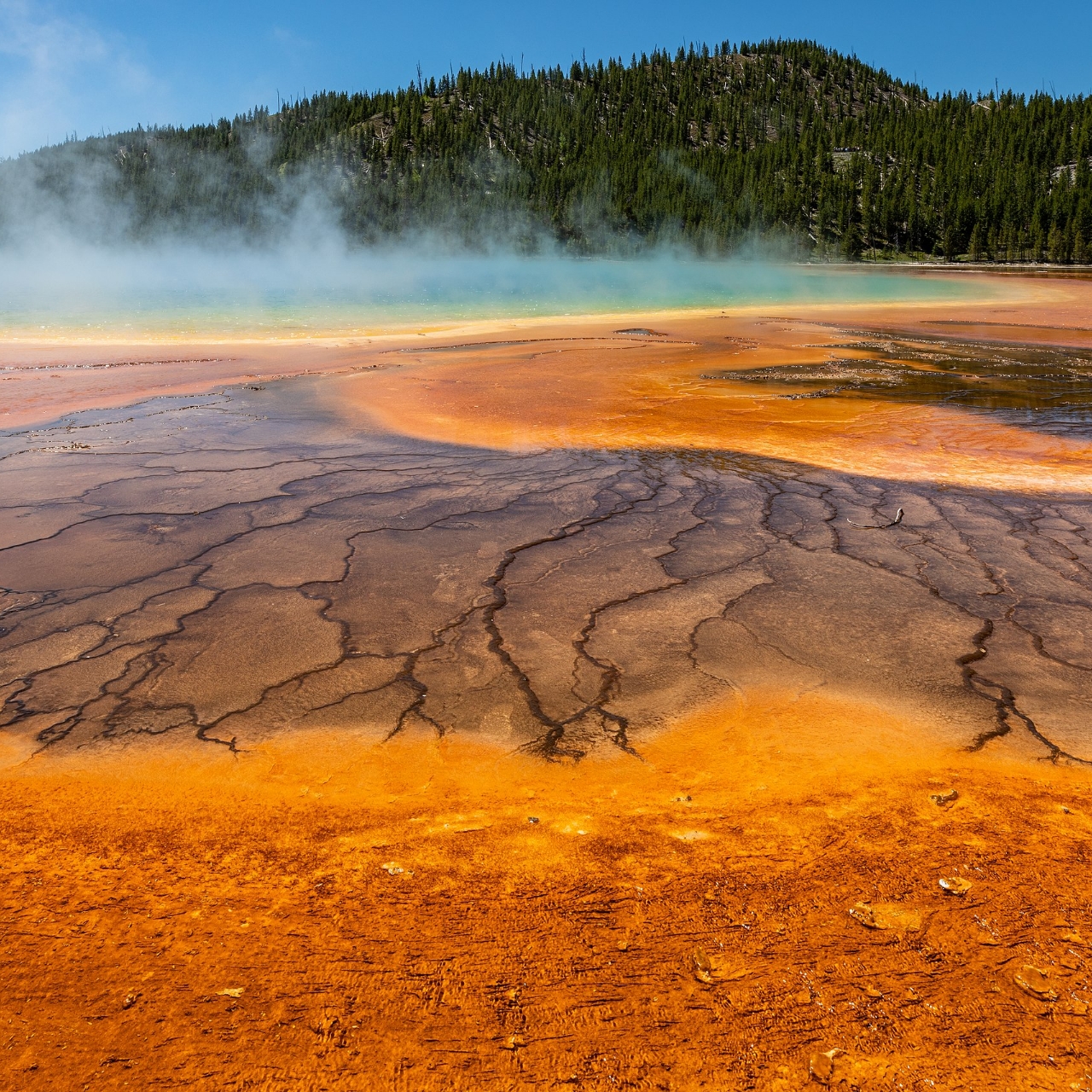
received 325 million visitors
in 2023
have more than $23 billion
in deferred maintenance needs
Since more state and national parks have been established to accommodate increased visitation, overall capacity has remained relatively level. However, increased visitation has added additional stress to park infrastructure such as roads, bridges, and buildings. On average, park and recreation agencies across the country provide one park for every 2,386 residents, with 10.6 acres of parkland per 1,000 residents. Park acreage per resident varies tremendously. For instance, among the 15 cities with the most parkland per 1,000 residents (including federal, state, county, metro, and city parks), Anchorage, AK, leads with more than 3,000 acres, followed by Chesapeake, VA, with 230 acres, and Nashville, TN, in 15th place with 35 acres.
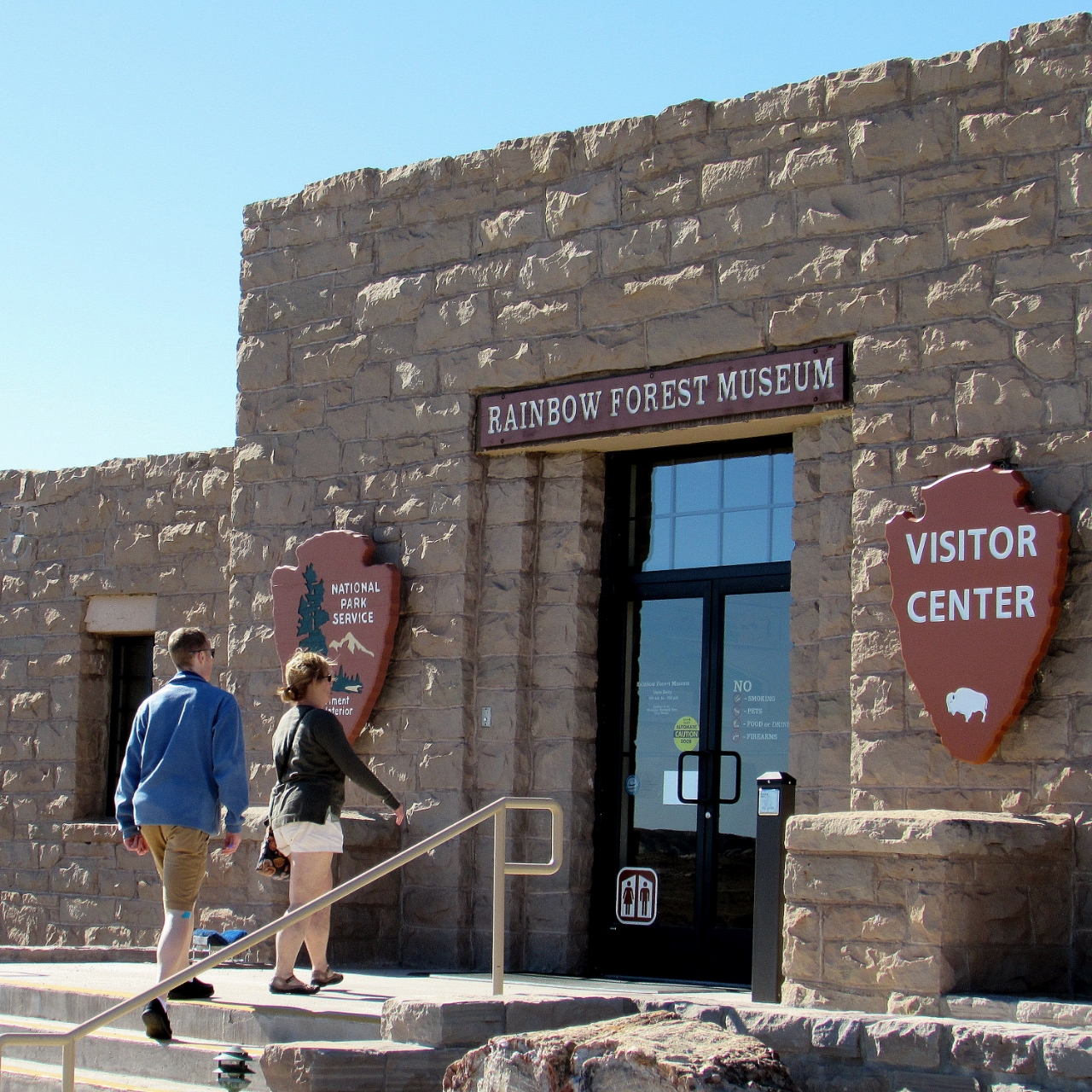
Federal programs targeted toward public parks in addition to the standard NPS budget have attempted to keep pace with overall needs, yet deferred maintenance continues to increase and funding from certain government programs will expire in the coming years. The NPS was funded at $3.32 billion in Fiscal Year 2024, a 4% cut compared to FY23 appropriations. In addition to this discretionary budget, the NPS mandatory appropriations for FY24 is estimated to be $1.2 billion, a 2% decrease from FY23.
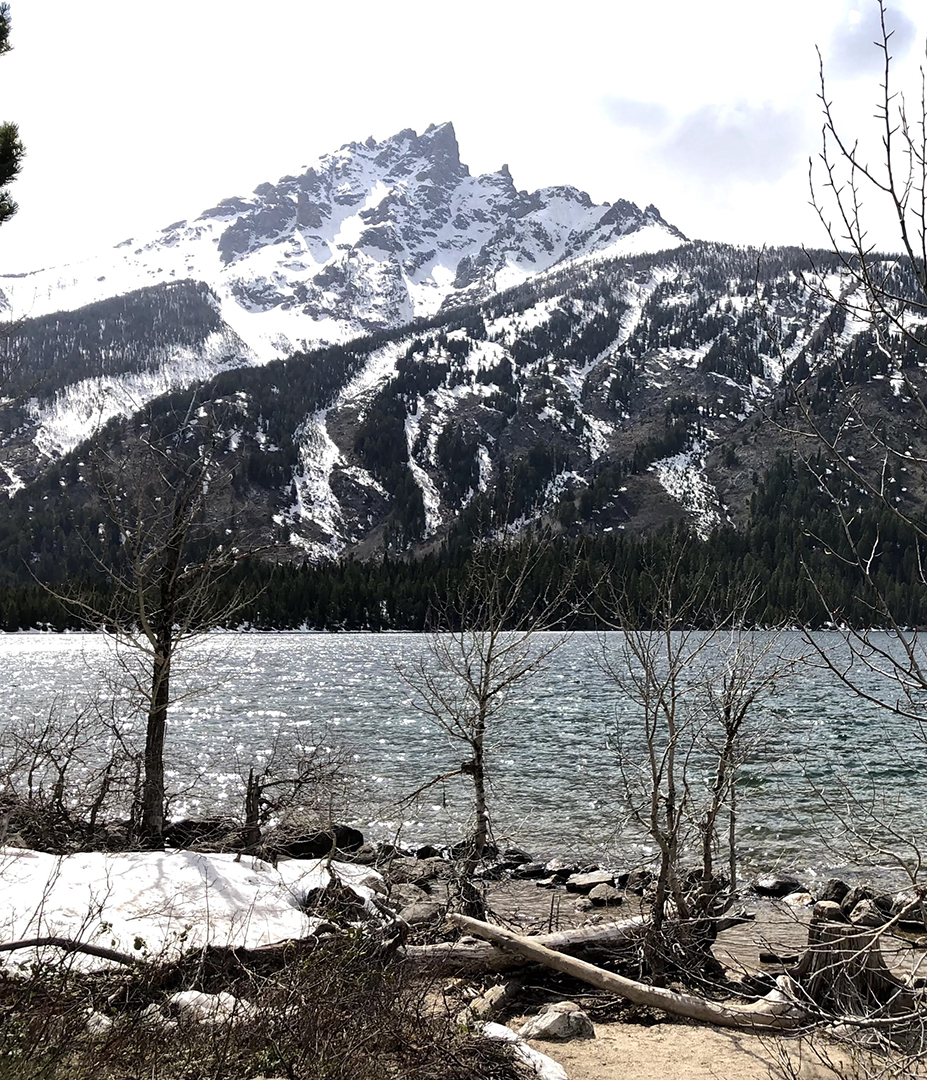
National, state, regional, and municipal parks currently deal with significant workforce challenges that affect the ability of parks to maintain and improve conditions. Many states have increased staffing over the last 5–10 years, but staffing has been unable to keep pace with increased visitation rates and compensation remains relatively low, leading to high attrition rates. National parks are facing a similar challenge, with the park service having to cut 16% of their full-time staff due to budget constraints.36 The 2022 Inflation Reduction Act (IRA) allocated $500 million to the NPS in an effort to alleviate some of those budget constraints, yet hiring remains slow. As of May 2024, the NPS has dedicated about $21 million toward hiring, meaning the majority of the available funding, which is set to expire in 2030, might not get used at the current pace. To assist with attrition concerns, the NPS has created the Facilities Workforce Career Academy (FWCA) to provide skills-based training to current and prospective NPS employees. This program helps the NPS meet a need for skilled workers and provides career growth opportunities to current NPS employees.
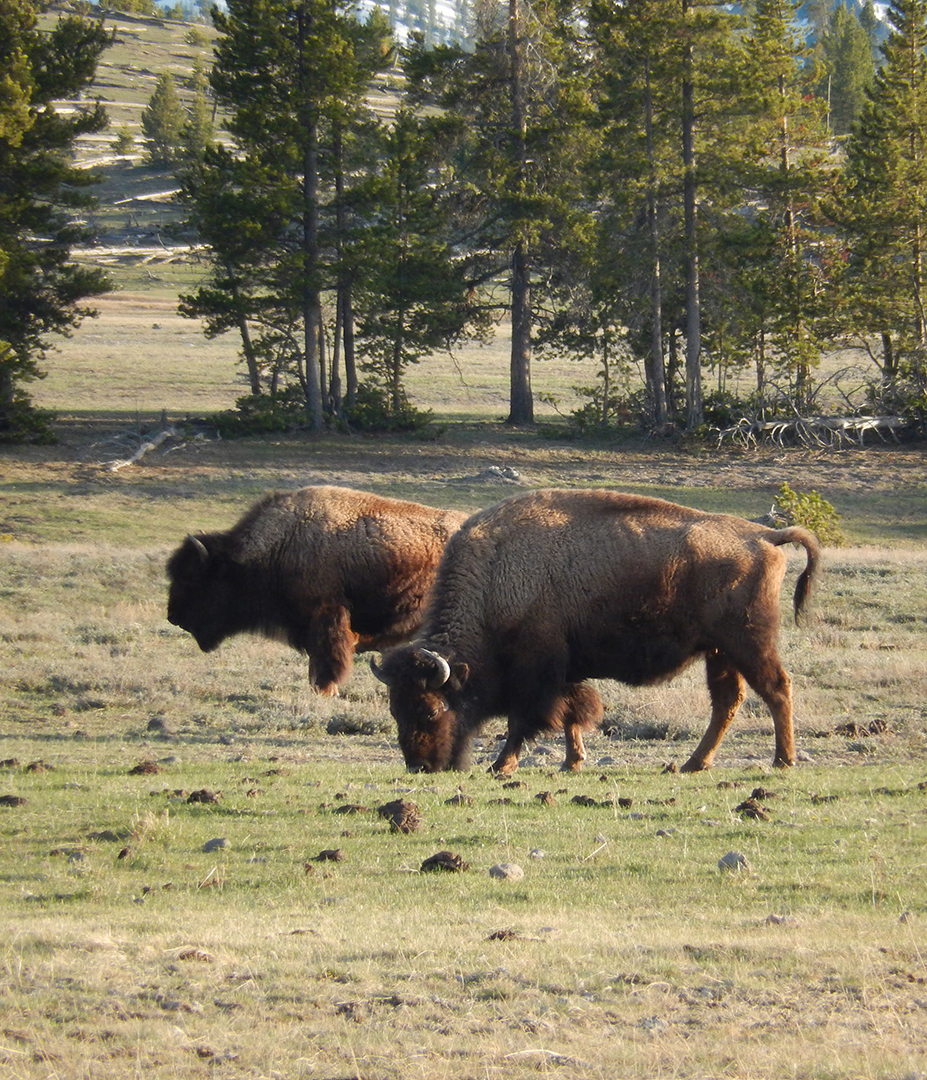
In addition to being beneficial for public mental and physical health, parks are a vital tool for a community’s resilience. Parks are being used to manage stormwater overflow during extreme weather events and are protecting communities from dangerous flooding. Efforts are being made in some flood-prone areas to return the landscape to its original state and thereby act as a buffer between bodies of water and communities. Parks in this way contribute to the sustainability of communities and mitigate the effects of climate change.
Parks are increasingly used for multiple functions. State and local parks are partnering with other agencies, nonprofit organizations, and private entities to find innovative ways to make green spaces accessible and desirable to every community member. The National Recreation and Parks Association has identified five state park systems in Colorado, Michigan, Minnesota, South Dakota, and Georgia, and one national park, Sleeping Bear Dunes National Lakeshore in Michigan, that have programs to loan off-road, tracked, powered wheelchairs to persons with disabilities.Some state parks are working with geographic information system (GIS) mapping technology to efficiently track all projects underway within the park system, including park, facility, and infrastructure needs. The GIS databases assist with asset management, task and revenue tracking, and provide information for data-driven decision-making on future development and infrastructure repairs based on metrics like return on investment and infrastructure condition. GIS also allows park management agencies to map park trails quickly and efficiently. The Ohio Department of Natural Resources highlighted this using GIS to accurately map its 5,000 miles of hiking trails across 75 state parks. The National Recreation and Parks Association has noted increased use of GIS in combination with the creation of digital twin maps, three-dimensional models, used to accurately represent the physical environment.

Photo Attributions

Select your home state, and we'll let you know about upcoming legislation.
"*" indicates required fields